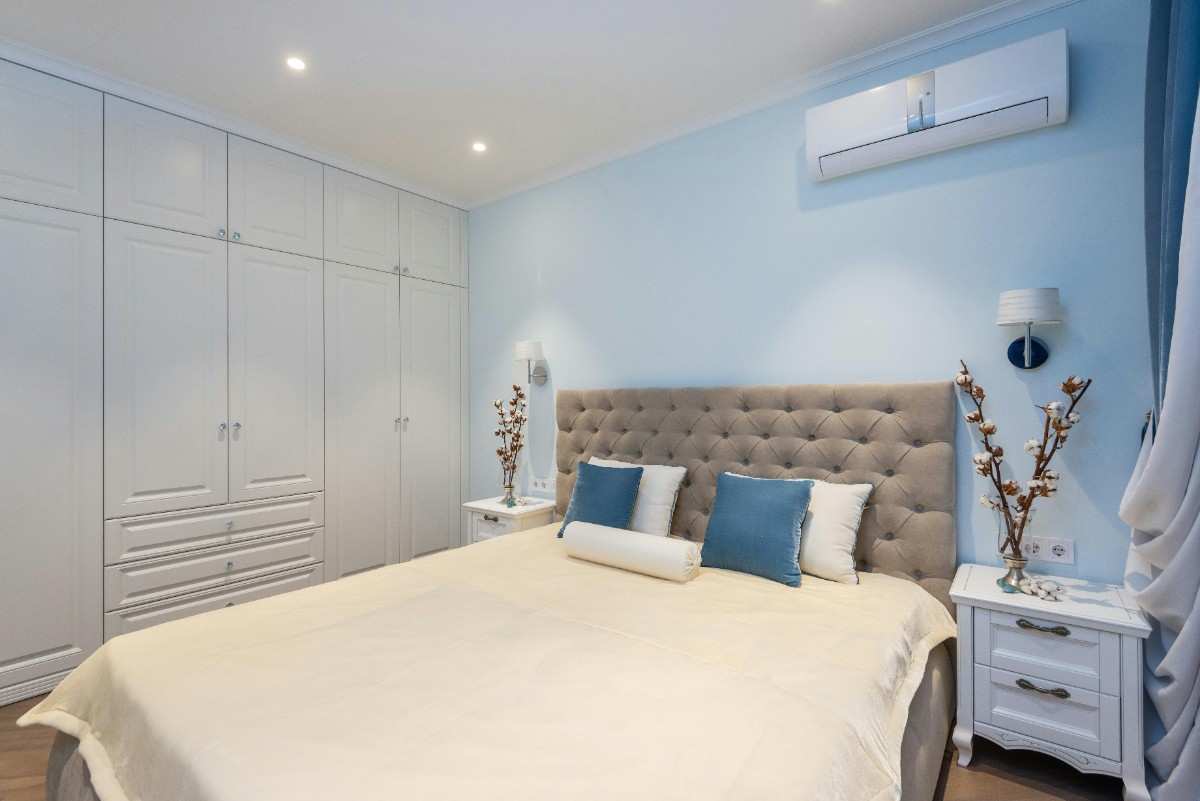The temperatures are getting hotter and hotter, but the idea of rising utility bills can raise the temperature of those days even if they’re the most humid. What if we could pair smart home devices together with low cost air conditioners to save money and use more efficiently? Look no further! In this article, we look at the air conditioner smart home pairing tips that are as easy on your wallet as they are on your energy bill.
And why should we pair Air Conditioners with Smart Home devices?
Smart home devices don’t have to be fancy, more high tech gadgetry for tech enthusiasts. As practical as these benefits to everyday appliances like air conditioners may seem, they can be, they bring them. Here’s why:
Energy Efficiency: By regulating cooling with smart thermostats and plugs, you can actually prevent unnecessary energy consumption.
Convenience: Automating your air conditioner means you don’t have to run home to turn it off anymore.
Cost Savings: Optimizing usage will decrease utility by quite a bit.
Customization: Your cooling needs are tailored to how you live and work.
So now let’s see how we can all of this on a budget.
Pairing Low-Cost Air Conditioner Smart Home Pairing Tips : Top Tips
1. Remotely Control with Smart Plugs
Using a smart plug is one of the simplest and cheapest ways to make your air conditioner smart. These smart plugs bring you the ability to control your AC with your smartphone from anywhere in the world. All you need to do is plug your AC in the smart plugs and connect it to your Wi-Fi.
Benefits:
Now you can even turn your AC on or off from anywhere.
Cooling your house during peak times of the day.
Better management of energy power consumption.
If you have a window air conditioner or portable AC, smart plugs are for you. The automation makes it easy to install and allows you to set it so that it turns off automatically when it is not being used saving money and energy.
2. Install a Smart Thermostat
A smart thermostat could transform the way you cool a home if your air conditioner is compatible. These devices learn, learn what you like to eat and adjust the temperature accordingly.
Features to Look For:
AC, geofencing to turn off when you’re not home.
Integration with the voice assistants Alexa or Google Assistant.
Energy consumption reports are used to track savings.
Advances in smart thermostats include advanced sensors that can detect even the slightest changes in humidity and temperature and automatic shift so the atmosphere in your home remains cozy, but not icy. In some models you also have models with multiple zones or different rooms you can manage separately.
3. It is possible to employ Motion Sensors for targeted cooling of your server farm.
You can tie your smart AC setup up with motion sensors, so they can tell if there’s activity in a room at any given time. It makes the AC run only when somebody is there, and not when nobody is there, meaning less unnecessary operation.
Tip: If you’re not an electronics guy, choose motion sensors that don’t require any special integration with your smart plug or thermostat for a simple setup.
For instance, put a motion sensor in your living room, which is used frequently. The AC will itself go off automatically after a set period with no one in it, which is being more efficient.
4. Smart Fans As A Supplemental Cooling
While your air conditioner does all the work, a smart fan can help with making cool air reach where you need it to. Programmable smart fans sync with your AC and work together with your unit’s cooling power to achieve the perfect temperature without draining your unit.
Bonus: And most smart fans can also be controlled through voice commands or apps.
In addition, smart fans can be used to blow air during cooler evenings, cutting the need for air conditioning. Because of their dual functionality, they are an excellent investment for budget conscious homeowners.
5. Zoning for Multi Room Cooling
Zoning systems can help cool certain part of the house rather than the whole house if you’re living in a bigger house. Cooling where you need it is as simple as using smart vents or separate smart plugs of each room’s AC.
Pro Tip: Even combine with motion sensors to get even more precise temperature control.
If the home has open floor plan or areas that rarely get used, such as a guest room, zoning is a great choice of tiny house. You’ll also maximize efficiency and cut costs by directing cooling to occupied spaces.
6. Use Smart Home Ecosystems
By integrating your AC with a broader smart home ecosystem, you make the system more efficient. For example, configure cooling on Google Nest or Amazon Echo to go automatically down with the time of day, the outdoor temperature, or even with your voice command.
Examples:
Make sure your AC will start to cool 30 minutes before you come home.
Turn your system off at night automatically.
The cooling will be sync with weather apps to adapt cooling changes based on outdoor conditions.
7. Smart Monitors for regular Maintenance
Smart energy monitors can track your AC’s performance and tell you whether it’s behaving efficiently or needs maintenance. By keeping your unit in top shape, it will run efficiently using only that which is needed.
Maintenance Tips:
Filters are monthly clean or replaced.
Check for leaks in ductwork.
Do not clear out vents so you get proper airflow.
Additional Funding Friendly Options for Budget Friendly Cooling
Smart Curtains and Blinds
What if you sprinked the AC with smart curtains or blinds that will make their pairing work towards increasing the cooling efficiency? These devices automatically adjust to cut down on the sunlight during the hottest parts of the day which means, less strain on your air conditioner.
Air Conditioners That Save Energy
An Energy Star rated air conditioner is an investment. The upfront cost may be higher, but the energy efficiency makes your utility bills a thing of the past.
Solar-Powered Cooling Options
On the eco friendly side, think of complementing solar panels with your AC installation. Luckily, some smart devices are able to program themselves to utilize solar energy as their main source of power, which correlates with even more cost savings.
Conclusion: The Smart Way Of Comfort And Savings!
If you pair a low cost air conditioner with smart devices, you can get efficient cooling without emptying your wallet. The possibilities are as endless as smart plugs, thermostats, motion sensors and zoning. Keeping cool can be all about working smarter, not harder, during those sweltering months.
How to Cool It, without Losing It
Does it ever have to cost a fortune to stay cool? There may be even cheaper ways for your home hub to pair with your air conditioner — using these tips, you’ll be chill, literally and financially. Just don’t think your AC is too smart; we don’t want to hear it judging your Netflix show choices.
FAQs about Low-Cost Air Conditioner Smart Home Pairing Tips Answered:
1. Do all air conditioners match with smart devices?
You can use smart plugs to use most plug in air conditioners. If you want advanced feature like smart thermostats or anything else, be sure your unit is compatible with one.
2. Are smart plugs safe for air conditioners?
And indeed, as long as the plug’s power rating is as high or higher than the AC’s requirements.
3. With these smart solutions, how much money can I save?
The savings can be somewhere from 10 to 30% from savings on cooling bills, based on usage rates and device efficiency.
4. Are smart devices required to be connected to the Wi-Fi all the time?
Most of the smart devices do require a reliable stable Wi-Fi for operation and remote control.
5. Are smart thermostats expensive?
Prices range and start around $100. But these pay back through energy savings.
6. Do I have to install these smart devices myself?
DIY friendly is most smart devices such as plugs and sensors. Installation of thermostats may be a job for a professional.



